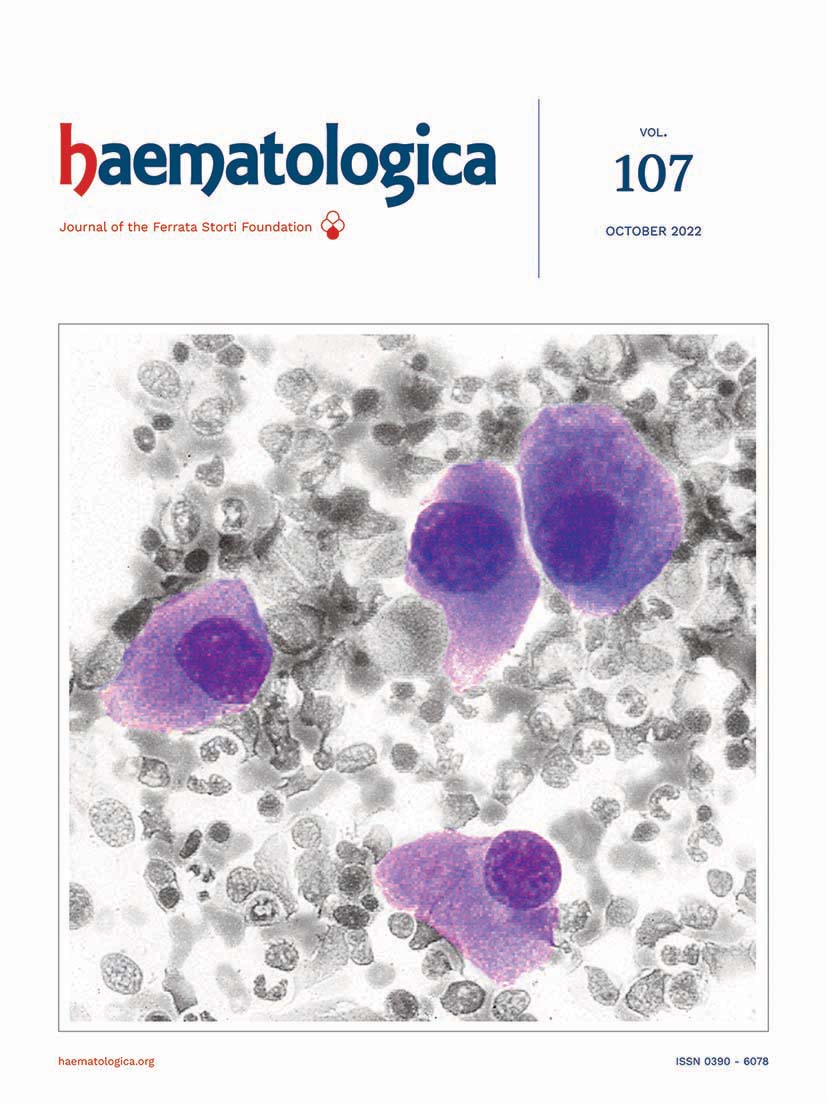According to the World Health Organization 2016 classification, interstitial deletion of the long arm of chromosome 5, del(5q), is the only cytogenetic anomaly used in the definition of a specific subtype of myelodysplastic syndrome (MDS). MDS with isolated del(5q) is characterized by anemia, usually macrocytic, with or without neutropenia and/or thrombocytosis, blast percentage <5% in the bone marrow and <1% in the peripheral blood, and increased megakaryocytes with the pathognomonic morphological features shown in the figure. Megakaryocytes are normally sized or small with a single round or oval non-lobated or hypolobated nucleus and granular cytoplasm. On the bone marrow smear from this case of MDS with isolated del(5q), note also normal cellularity, erythroid hypoplasia, a normal granuloblastic series, no excess blasts, and no Auer rods. In MDS with del(5q), the 5q deletion may occur either in isolation, or with one other cytogenetic abnormality, apart from -7 or del(7q). The size of the 5q deletion varies but bands q31-q33 are always deleted with the loss of genes important for the development of the characteristic features of the disease. MDS with isolated del(5q) has a relatively good prognosis. The TP53 gene mutation is associated with an increased risk of leukemic evolution, poor response to lenalidomide (which is usually effective in suppressing the abnormal clone in subjects without this mutation), and shorter survival.1
Footnotes
Correspondence
Disclosures
No conflicts of interest to disclose.
References
- Invernizzi R. Myelodysplastic syndromes. Haematologica. 2020; 105(Suppl 1):78-97. Google Scholar
Figures & Tables
Article Information

This work is licensed under a Creative Commons Attribution-NonCommercial 4.0 International License.

